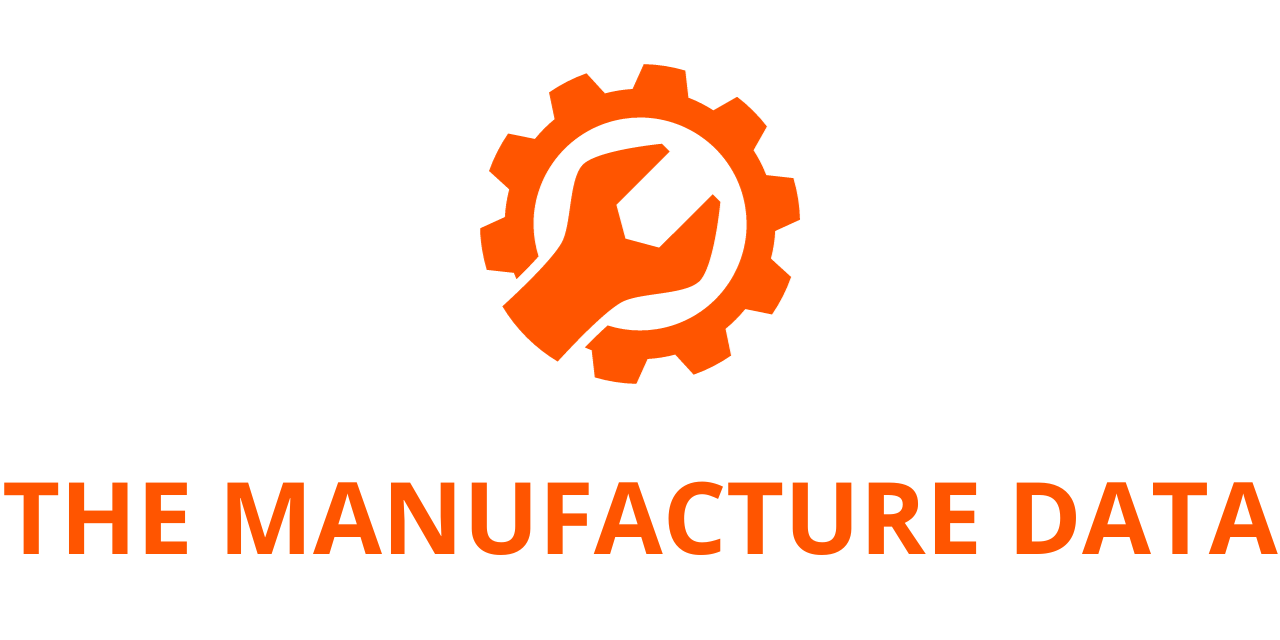
The “Environmental Remediation Market – Technologies and Applications” report, available from ResearchAndMarkets.com, provides a comprehensive analysis of the global Environmental Remediation sector. The market is projected to experience significant growth, with an expected compound annual growth rate (CAGR) of 9.1% between 2024 and 2030, reaching an estimated value of USD 215.1 billion by 2030, up from USD 127.9 billion in 2024.
This global report delves into the Environmental Remediation market across various dimensions, including technology, site type, medium, and application area. It also highlights the profiles of key companies operating within the space and covers the latest corporate and industrial developments, offering valuable insights into the market’s trajectory.
Market Drivers and Growth Factors
The worldwide market for Environmental Remediation has been experiencing robust growth, driven by a combination of factors. Increasing soil and water contamination due to industrial activities, stringent government regulations, and the rising demand for eco-friendly solutions are all contributing to the market’s expansion. Furthermore, innovations such as nanotechnology and the development of advanced remedial solutions have played a critical role in advancing environmental cleanup efforts. As global awareness of environmental issues grows, there is a greater emphasis on sustainable practices and cleaner industrial processes, driving the adoption of environmental remediation technologies.
Regional Insights
The Asia-Pacific region currently represents the largest market for Environmental Remediation and is also expected to be the fastest-growing region during the forecast period. The rapid industrialization and population growth in this region have caused significant ecological imbalances. The impact of climate change, including extreme weather events, rising sea levels, and shifting rainfall patterns, has further aggravated environmental challenges. These factors have prompted governments and industries to adopt Environmental Remediation techniques on a larger scale, a trend that is likely to continue over the coming years.
Market Segmentation by Technology
Environmental Remediation technologies can be categorized into several types, each serving specific purposes in the cleanup of contaminated environments. Key technologies include:
- Air Sparging
- Bioremediation
- Chemical Treatment
- Electrokinetic Remediation
- Excavation
- Permeable Reactive Barriers
- Soil Washing
Among these, Bioremediation stands out as both the largest and the fastest-growing technology in the market. It involves the use of living organisms to treat contaminants, either in situ (at the site of contamination) or ex situ (off-site). In Situ Bioremediation is particularly effective for treating low-concentration pollutants in groundwater and soil, without the need for excavation. Techniques such as bioventing, biosparging, and natural attenuation are commonly employed to enhance the degradation of contaminants.
In contrast, Ex Situ Bioremediation requires the removal of contaminated materials for treatment, which can lead to higher costs but is useful for treating soil contaminated with hydrocarbons.
Site Type and Regulatory Influence
The Environmental Remediation market is further divided by site type into Private and Public sites. Public sites hold a larger market share and are expected to see higher demand due to stringent environmental regulations. For example, the Comprehensive Environmental Response, Compensation, and Liability Act (CERCLA) in the United States mandates the cleanup of hazardous waste sites, fostering the demand for remediation services.
Medium and Application Areas
Environmental Remediation techniques are employed primarily for soil and groundwater, with soil remediation representing the largest share of the market. Soil health is crucial for agricultural productivity, biodiversity, and ecosystem functionality, making soil remediation a priority. Contaminated soil, particularly from industrial activities, has a significant negative impact on plant growth and microbial communities. As such, remediation techniques are vital for restoring soil fertility and supporting sustainable land use practices.
While soil remediation dominates, groundwater remediation is expected to grow at a faster rate, driven by concerns over depleting freshwater resources. Contaminated groundwater can have far-reaching effects on both human health and the environment, prompting governments to prioritize remediation initiatives.
The Oil & Gas sector is one of the largest and fastest-growing application areas for Environmental Remediation technologies. The oil and gas industry is known for releasing hazardous substances, including volatile organic compounds (VOCs) and methane, into the air, water, and soil during production processes. Effective remediation technologies can mitigate these harmful emissions and restore ecosystems affected by industrial operations.
Other key application areas include Mining & Forestry, Chemical Processing, Landfills & Waste Disposal Sites, Manufacturing, and Construction & Land Development.
Key Players and Market Outlook
The Environmental Remediation market features a diverse range of players, including major companies such as AECOM, Bechtel, Fluor, Jacobs Engineering, and Veolia Environmental Services. These companies provide a variety of services, from soil treatment to water purification, and are actively involved in the development of new remediation technologies.
The market is expected to continue growing due to increasing environmental awareness, stricter regulations, and the development of new technologies. As the demand for environmental restoration efforts rises, companies in the industry are likely to invest more in research and innovation to address emerging environmental challenges.
The Environmental Remediation market is set to grow significantly in the coming years, driven by the need for effective solutions to combat soil and water contamination. With innovations in bioremediation, government regulations, and a shift toward more sustainable industrial practices, the market offers vast opportunities for companies involved in environmental services. As the world faces increasing ecological challenges, the demand for environmental remediation technologies will remain a critical focus for industries and governments alike.
For more information about this report, visit ResearchAndMarkets.com.




